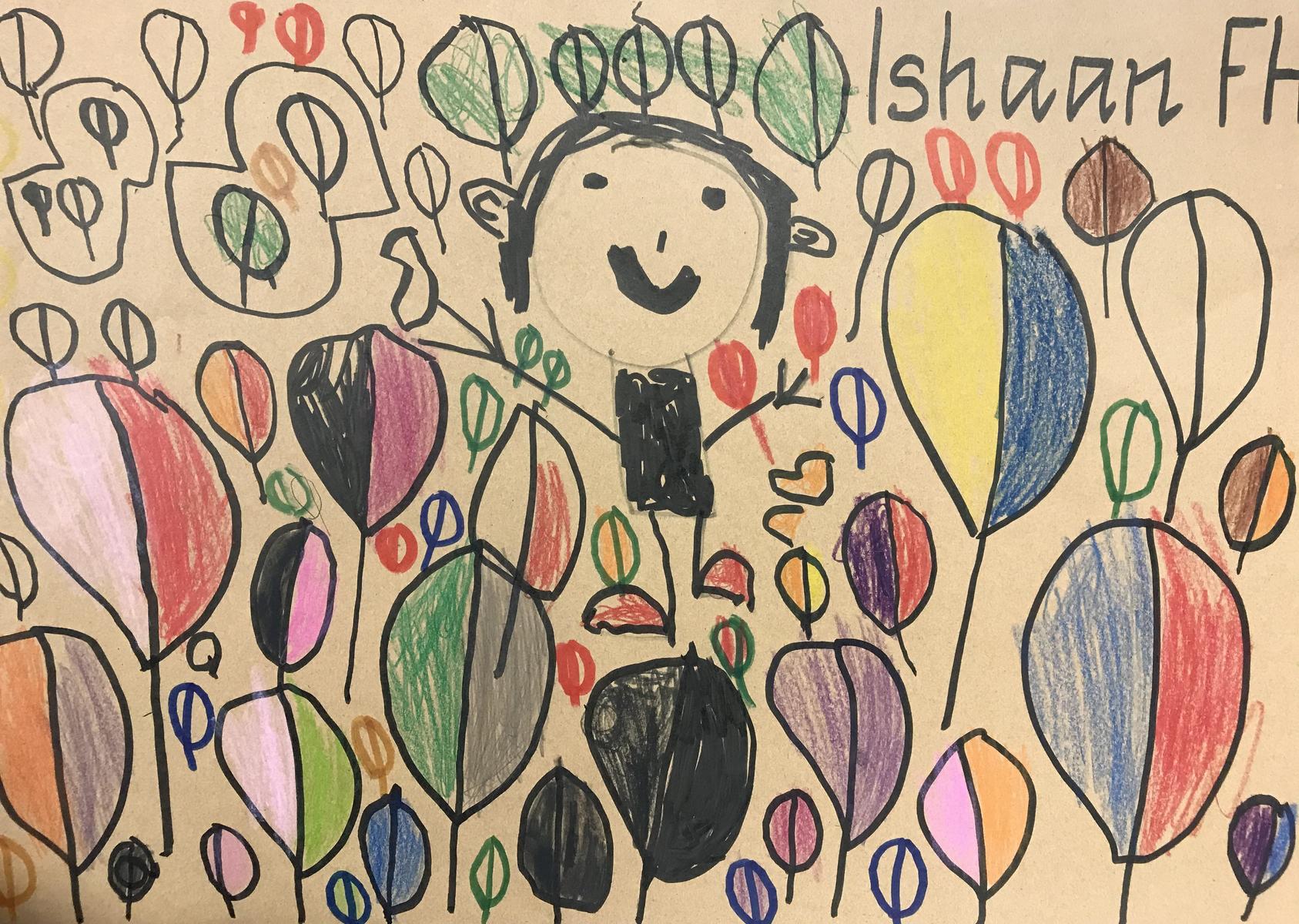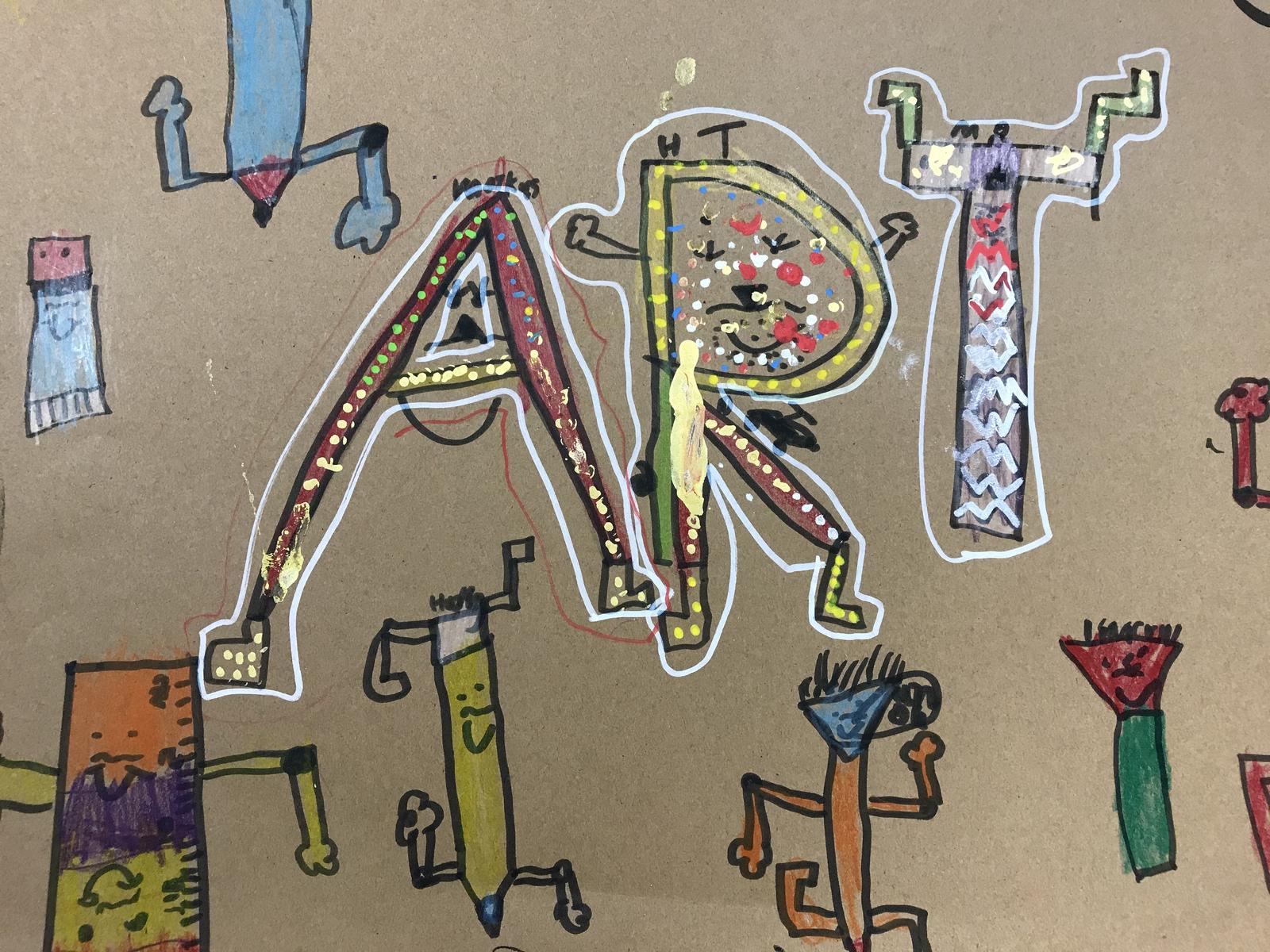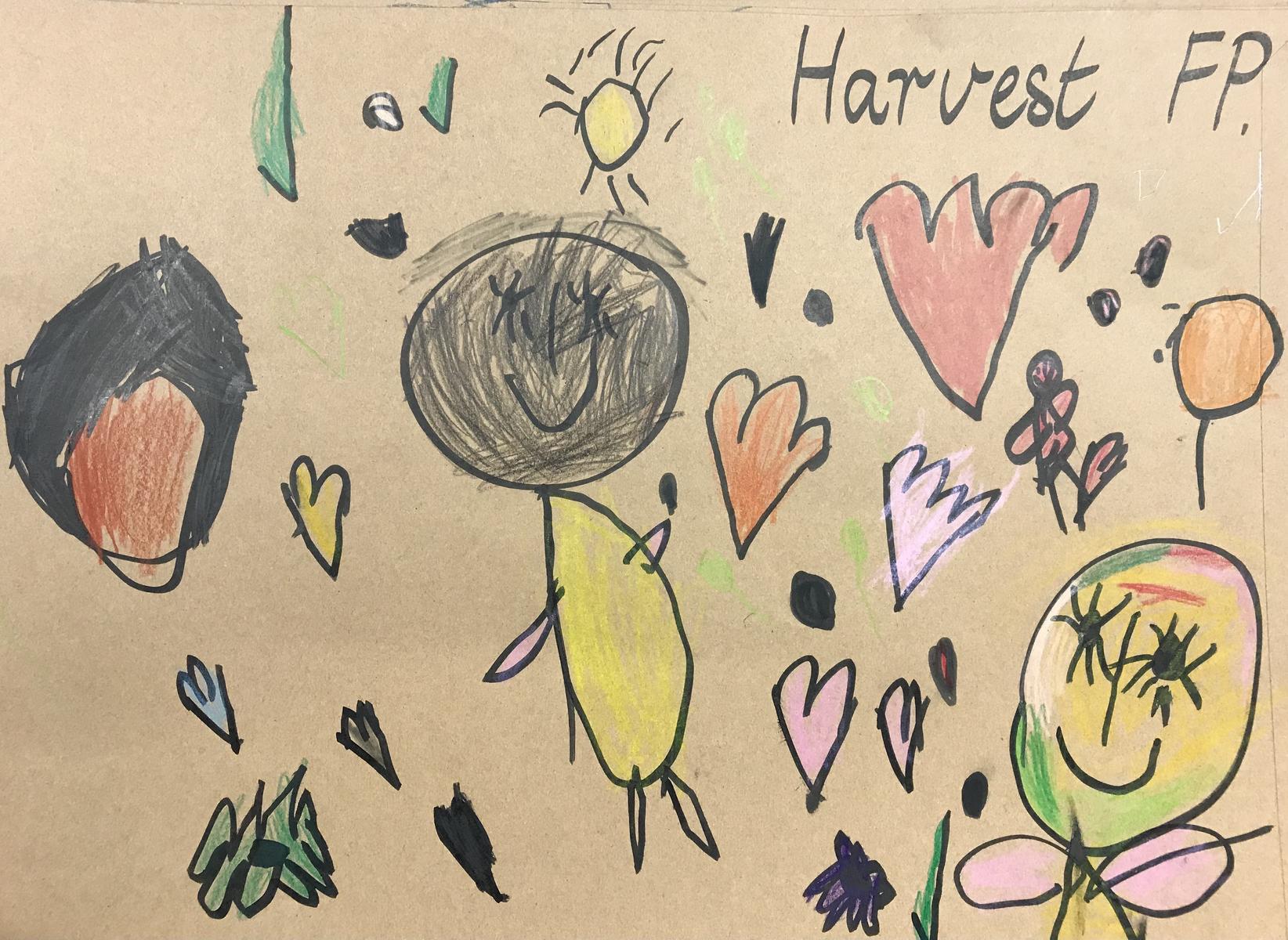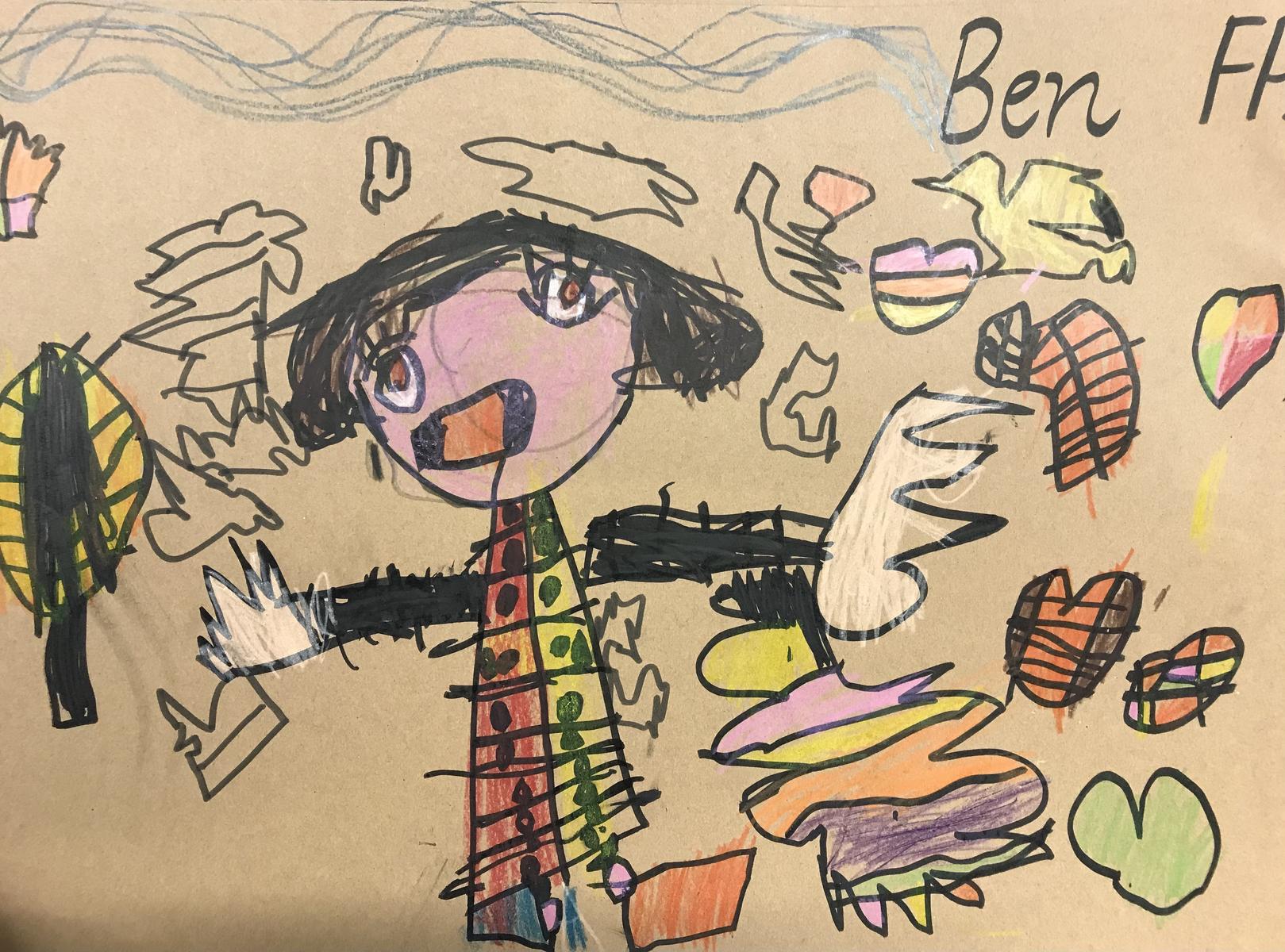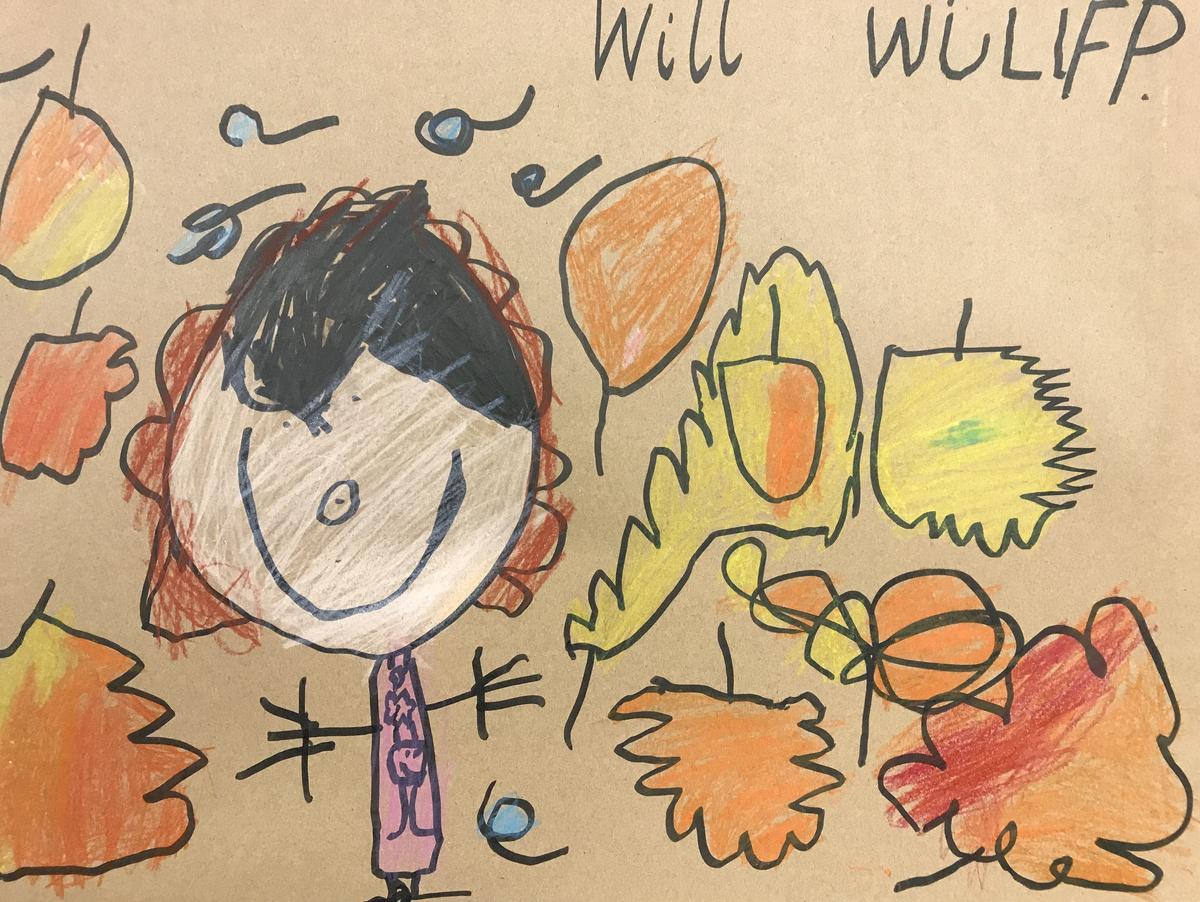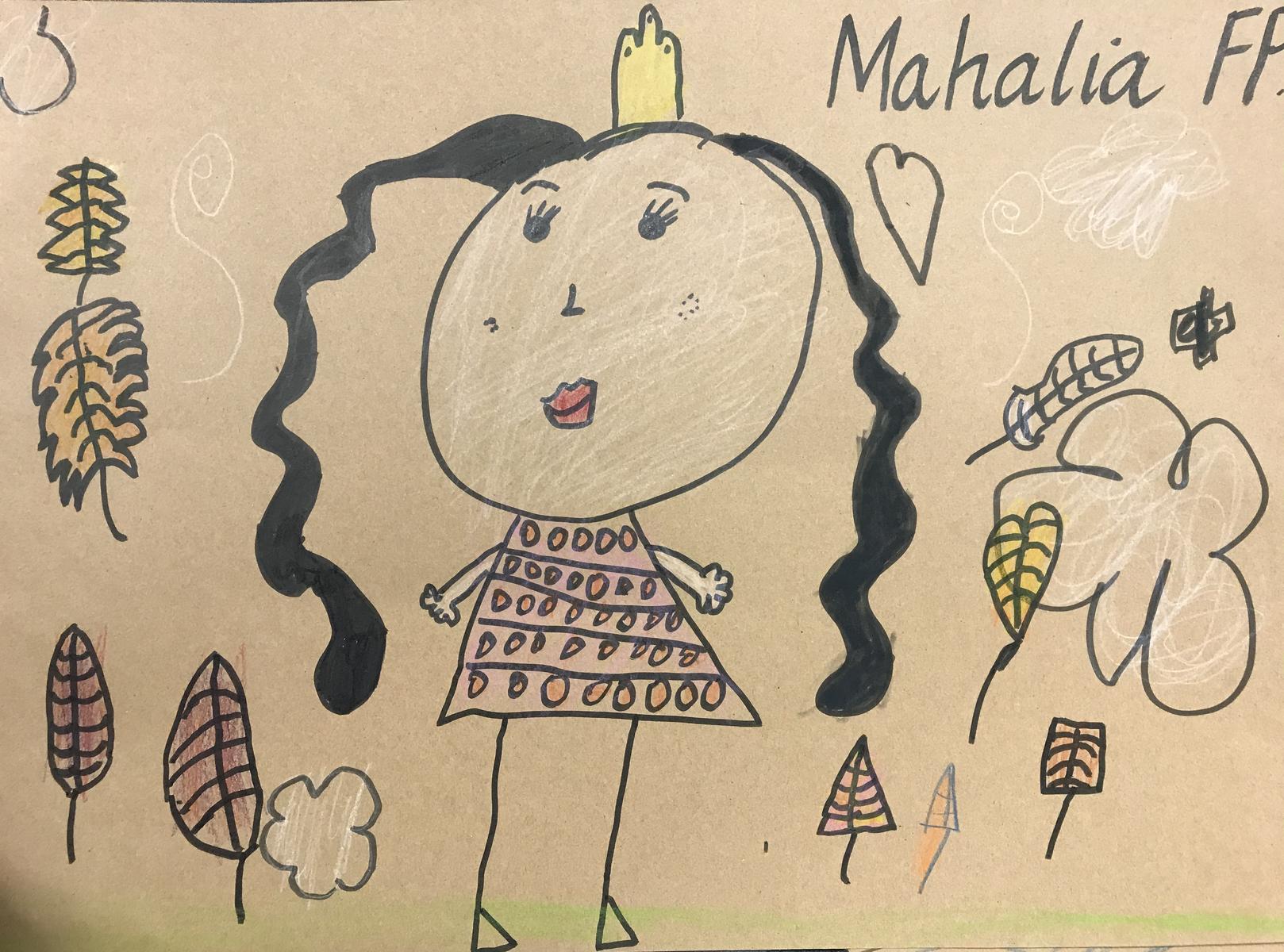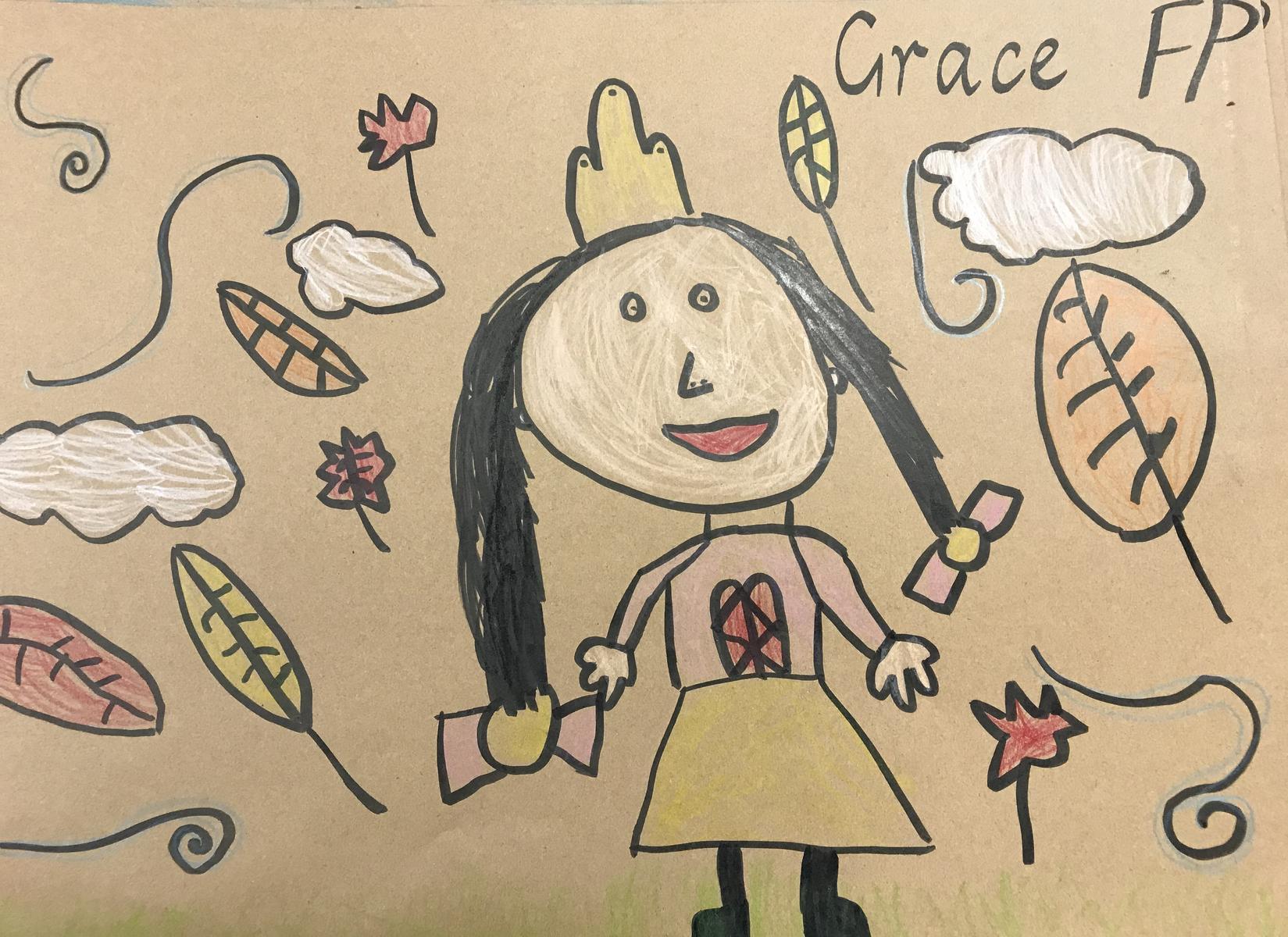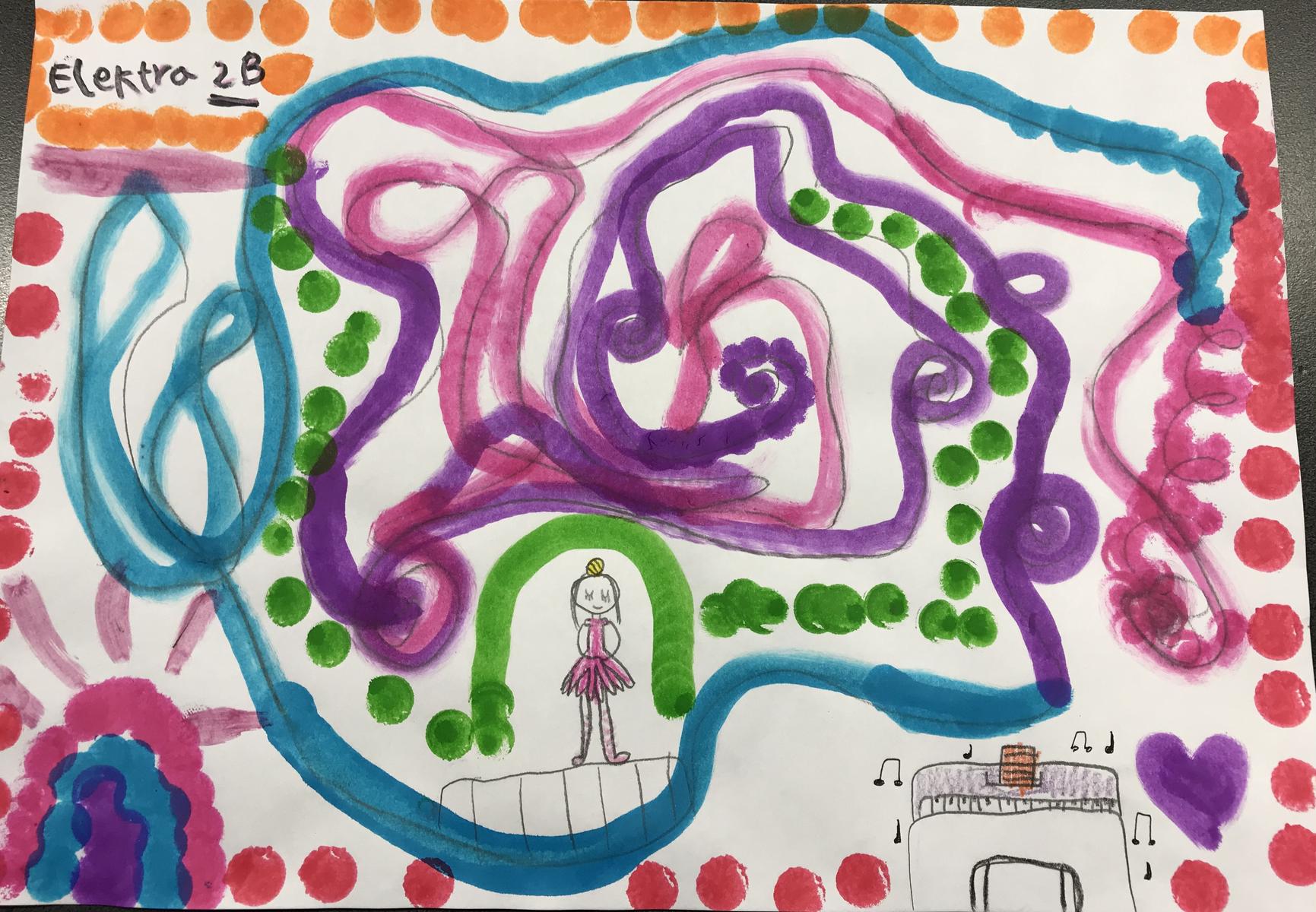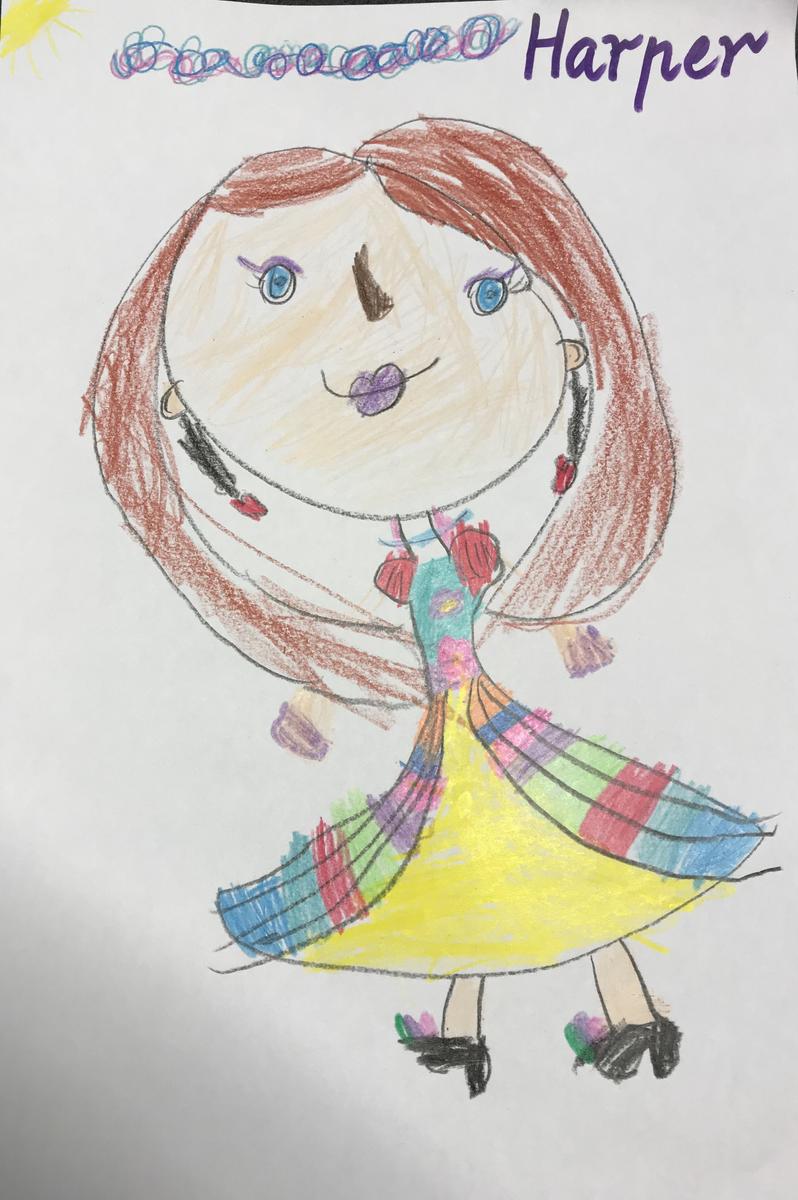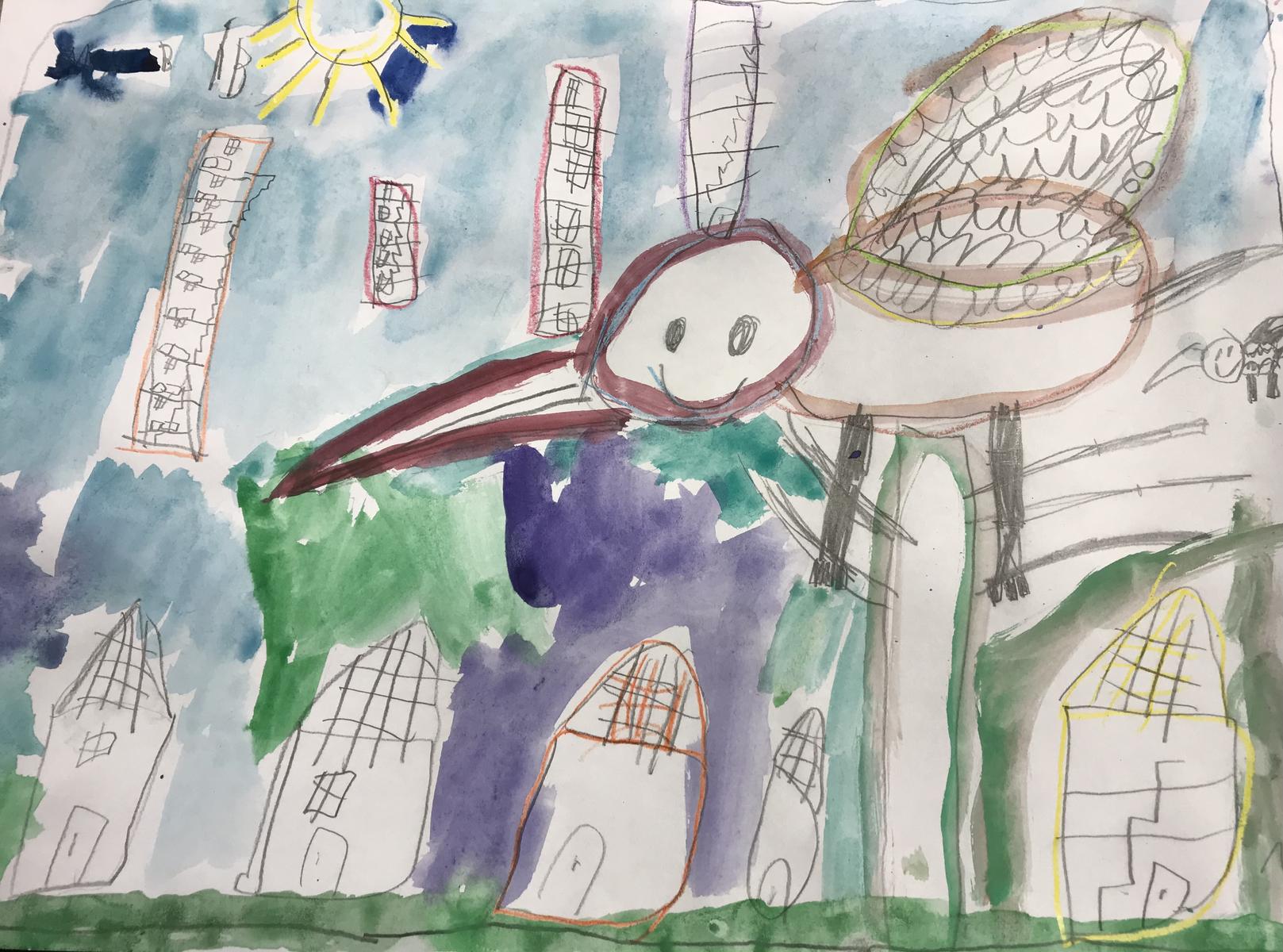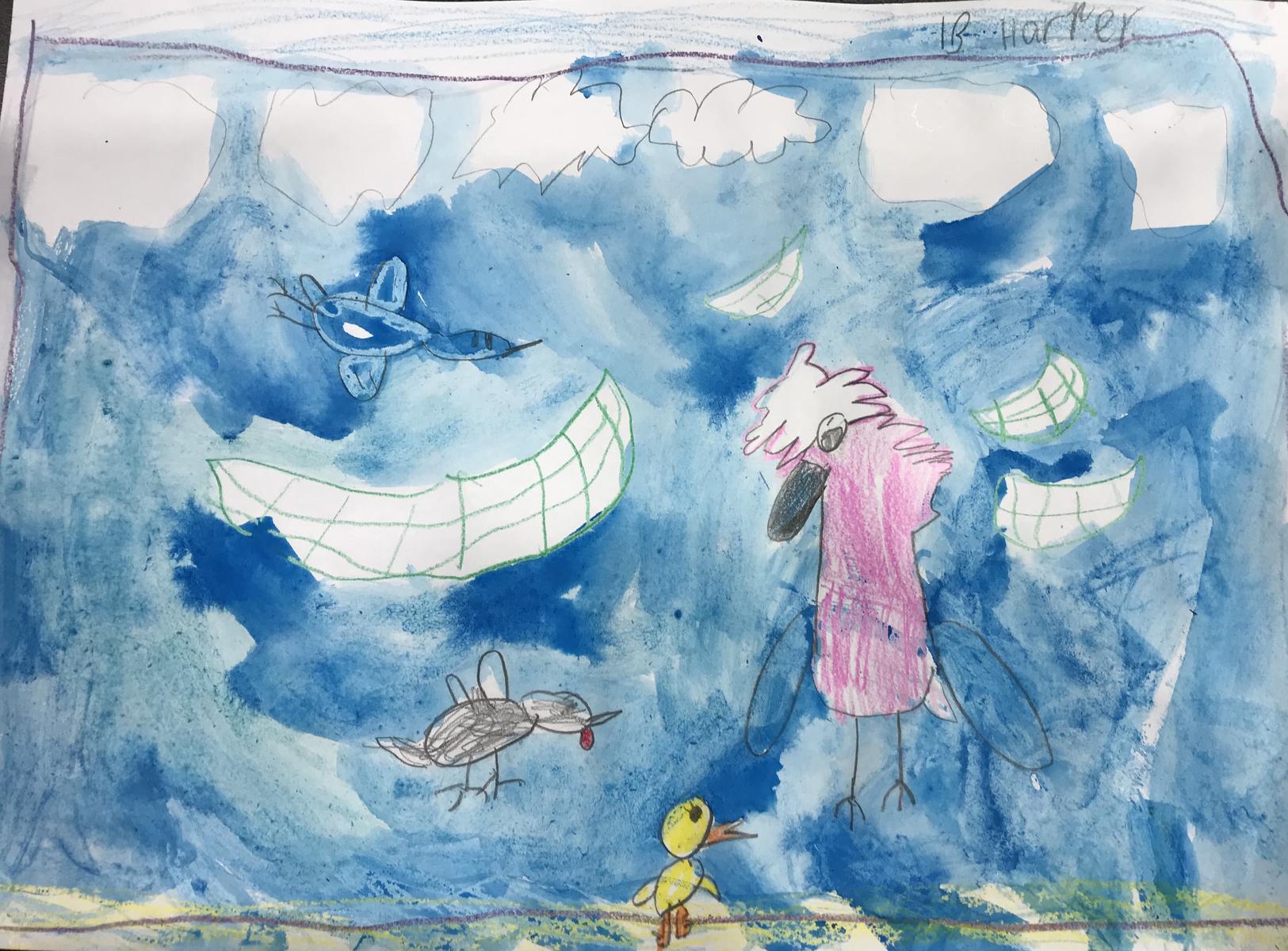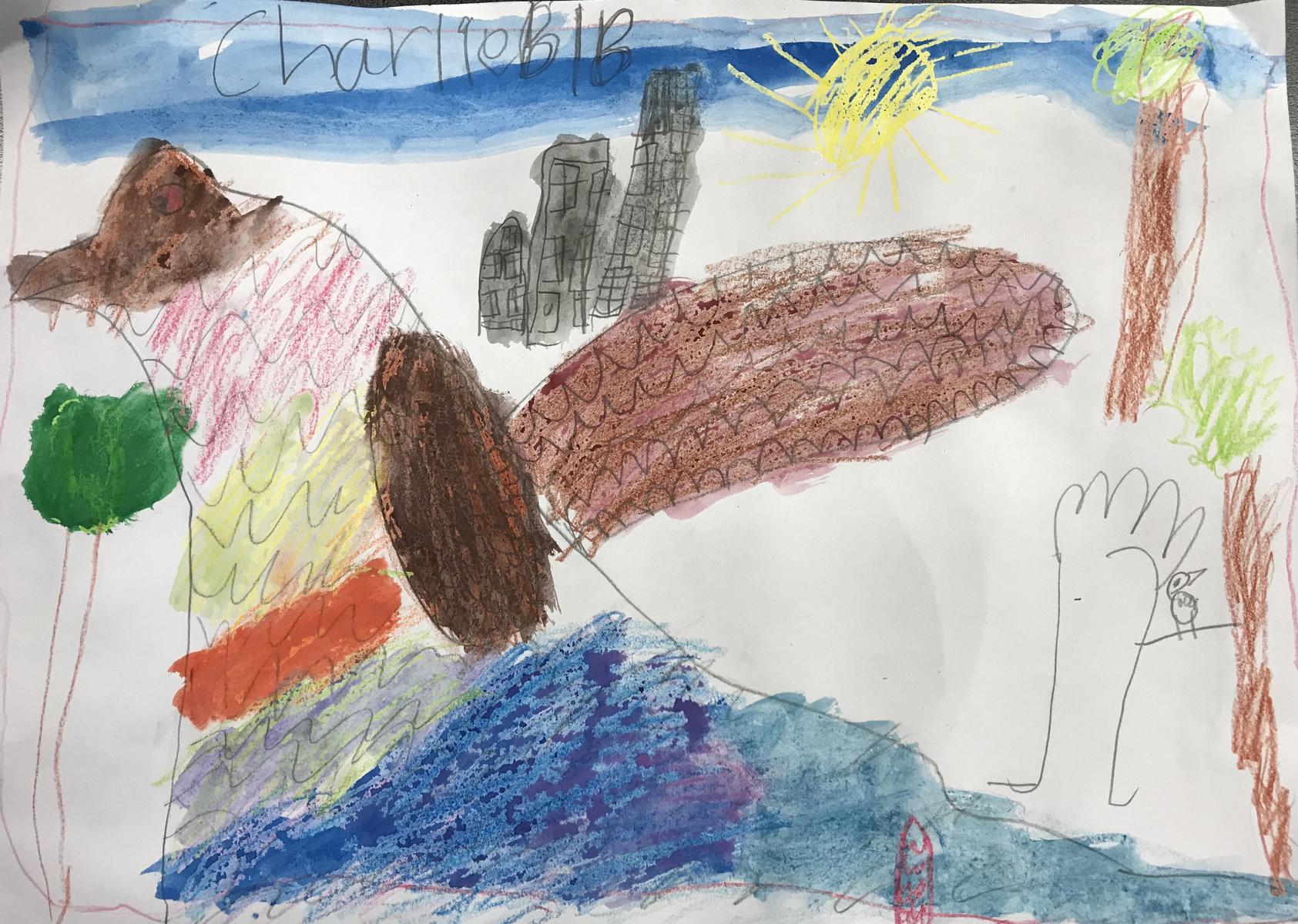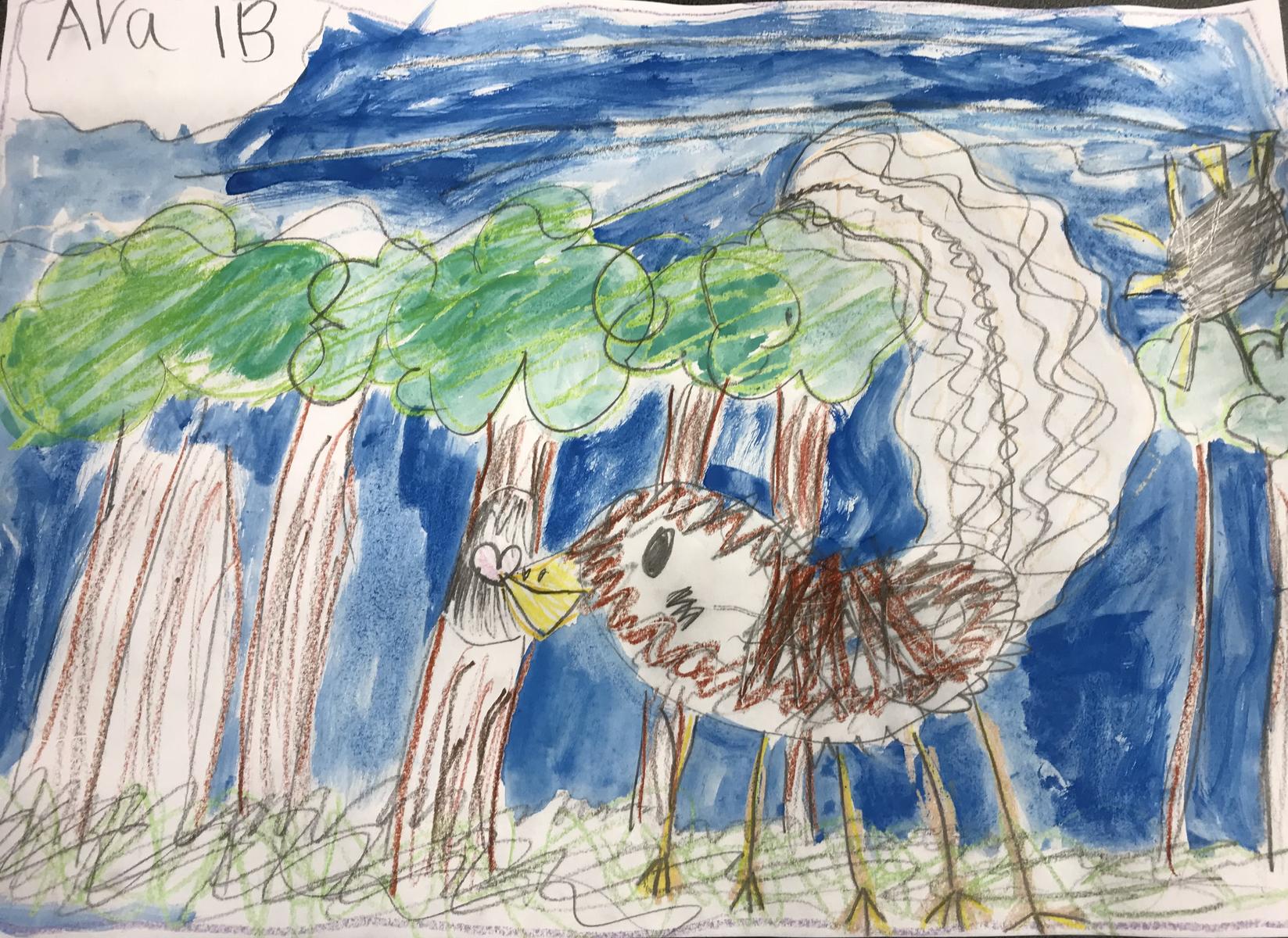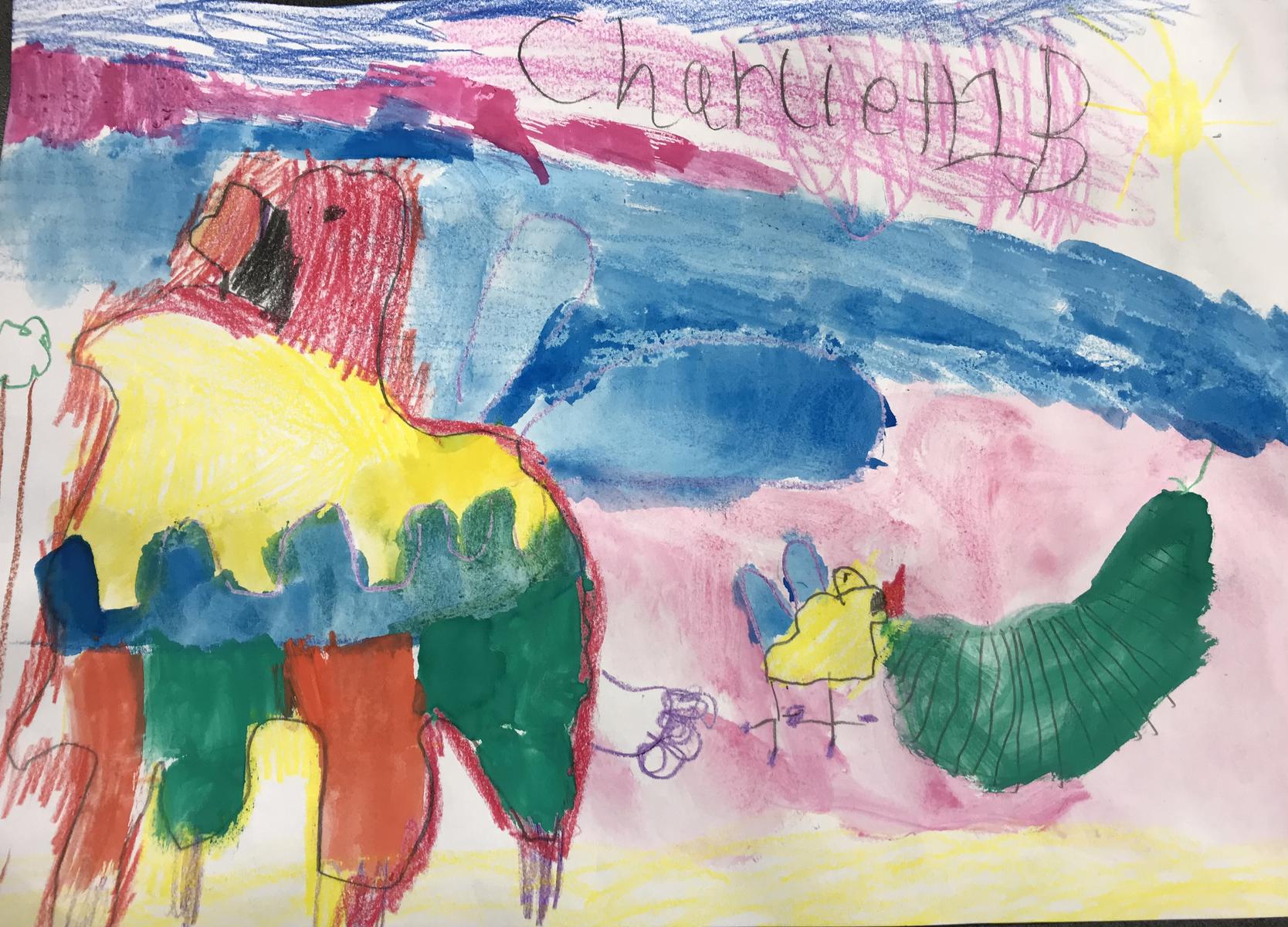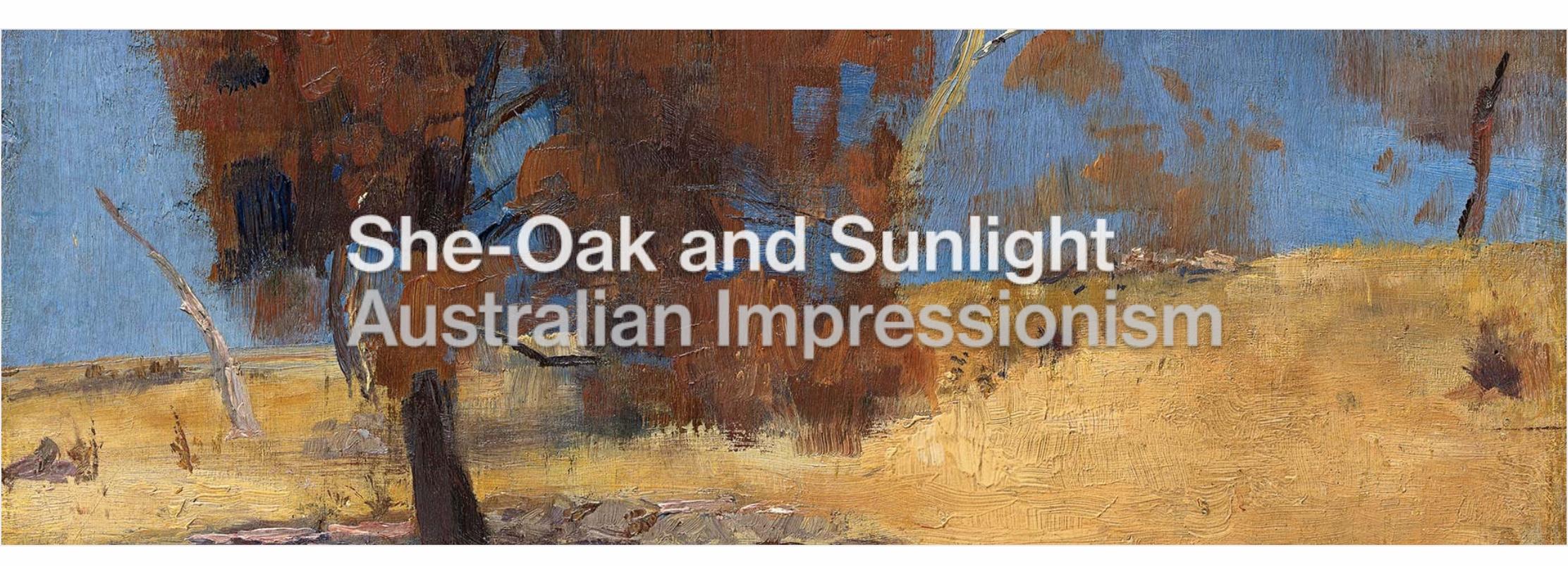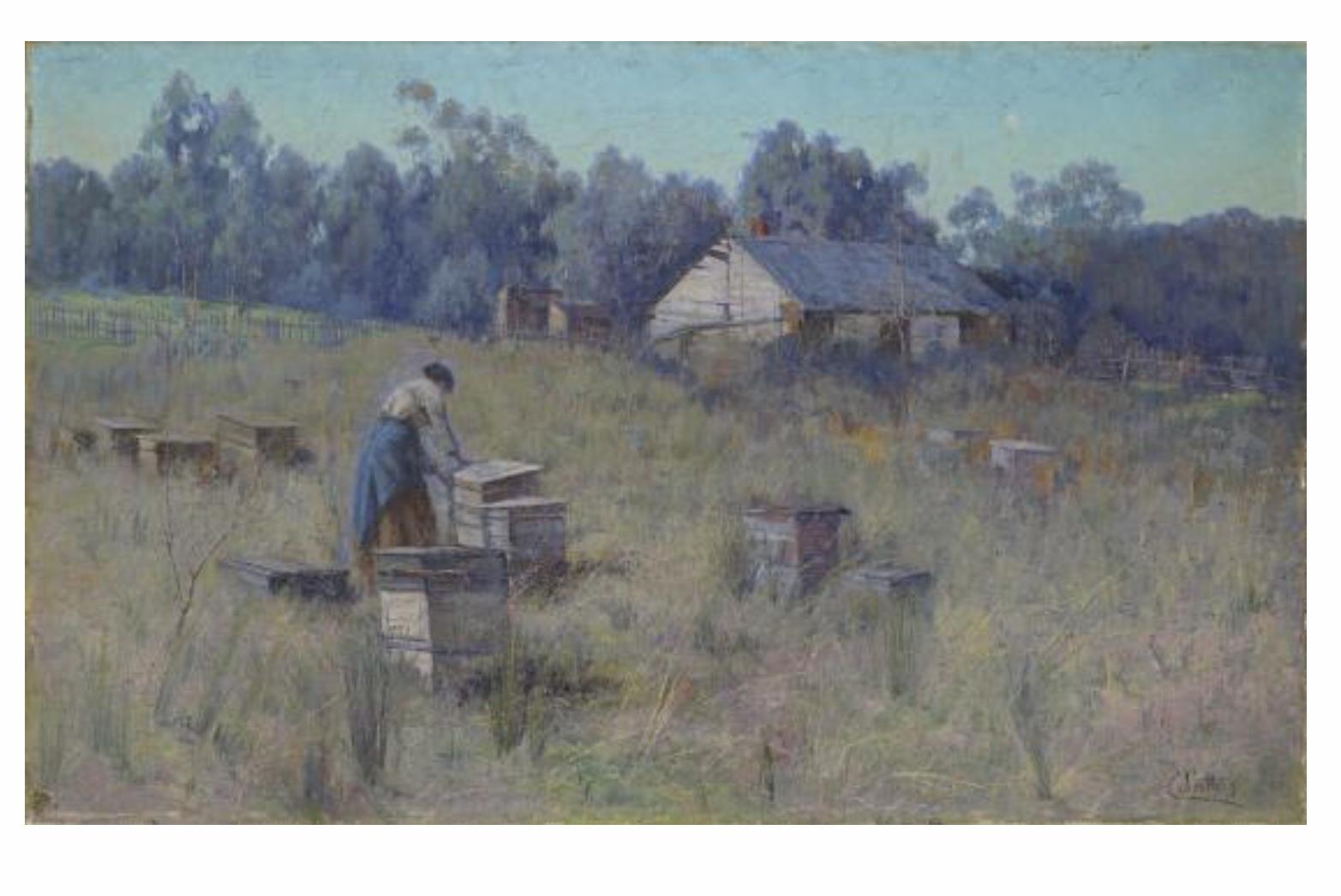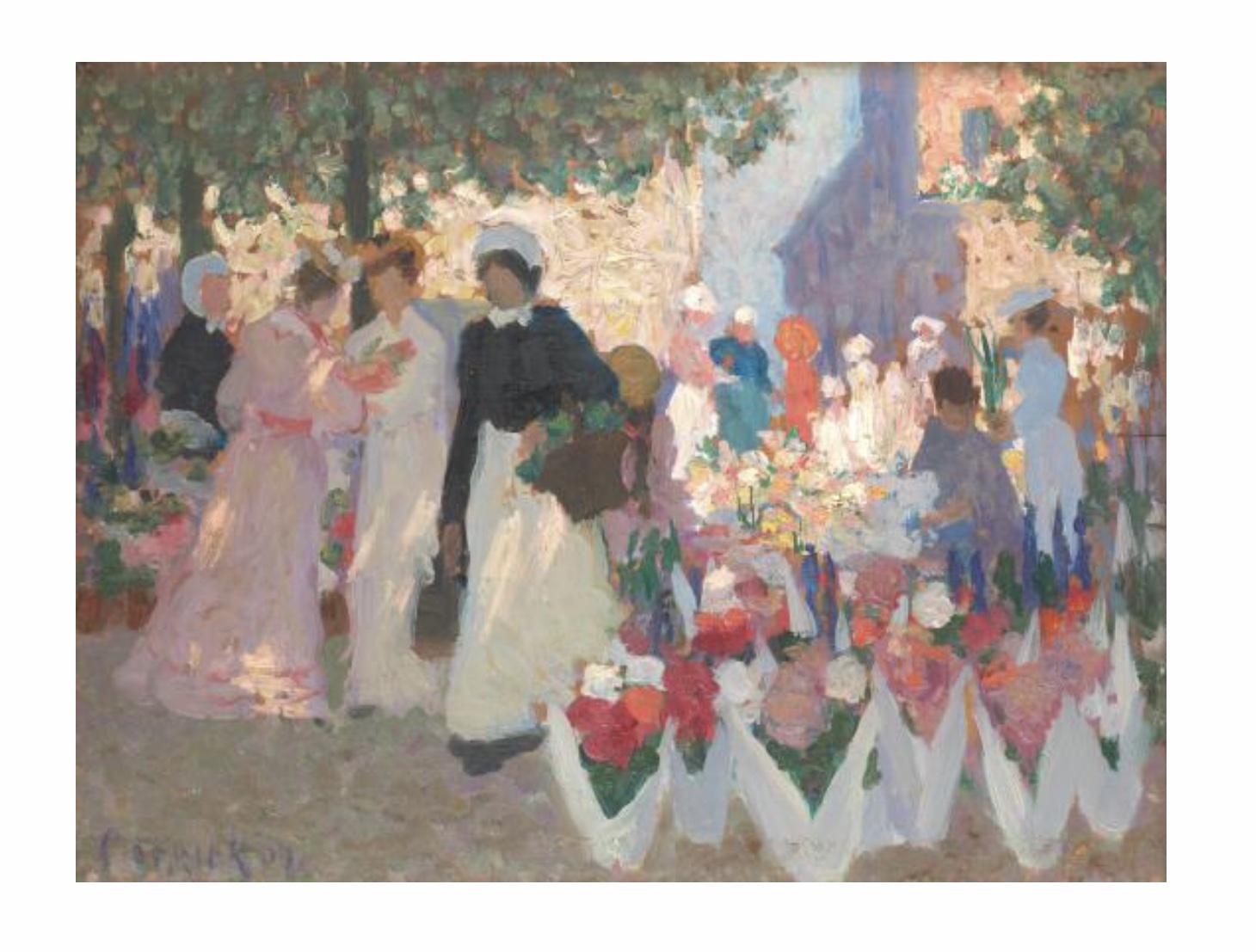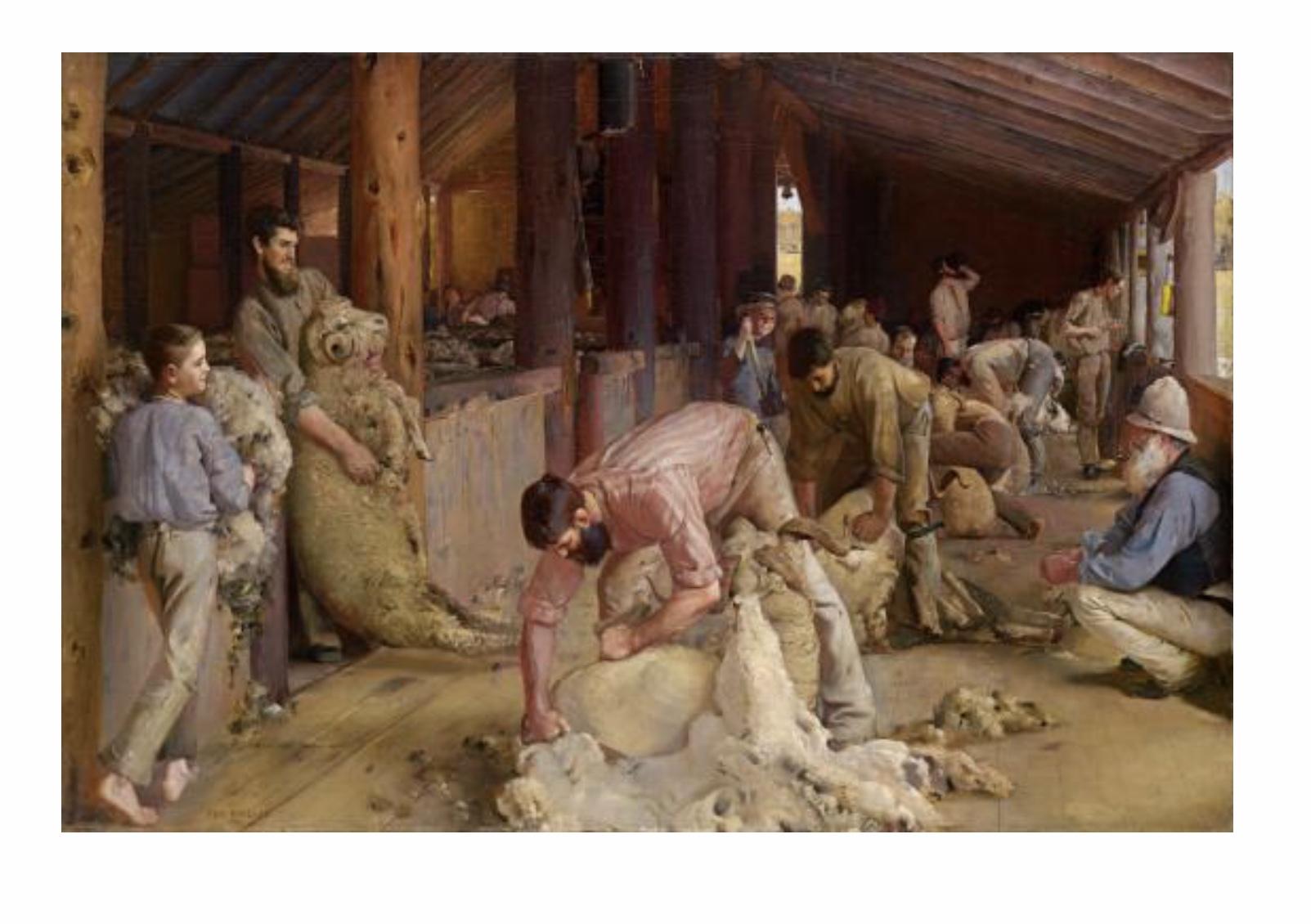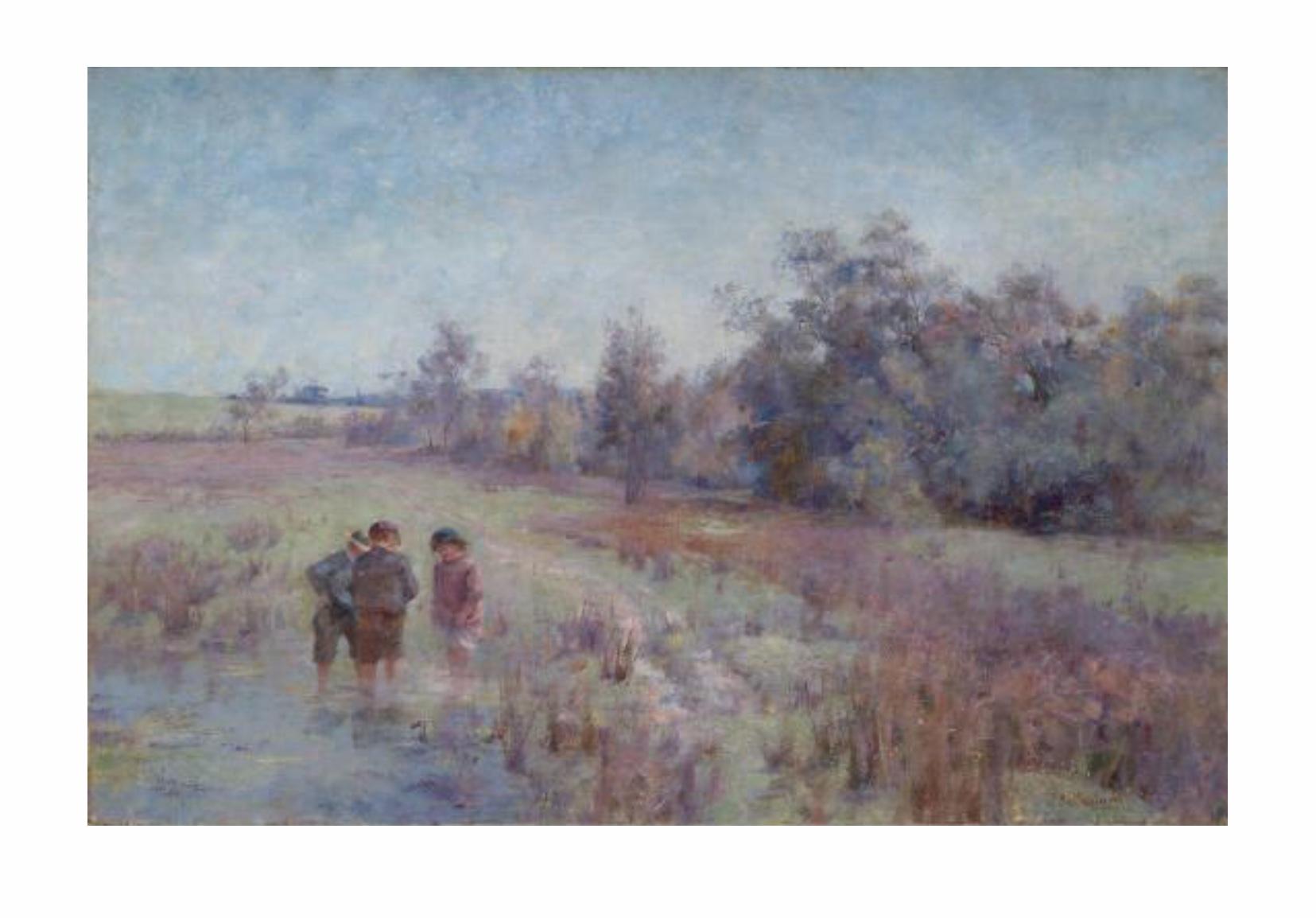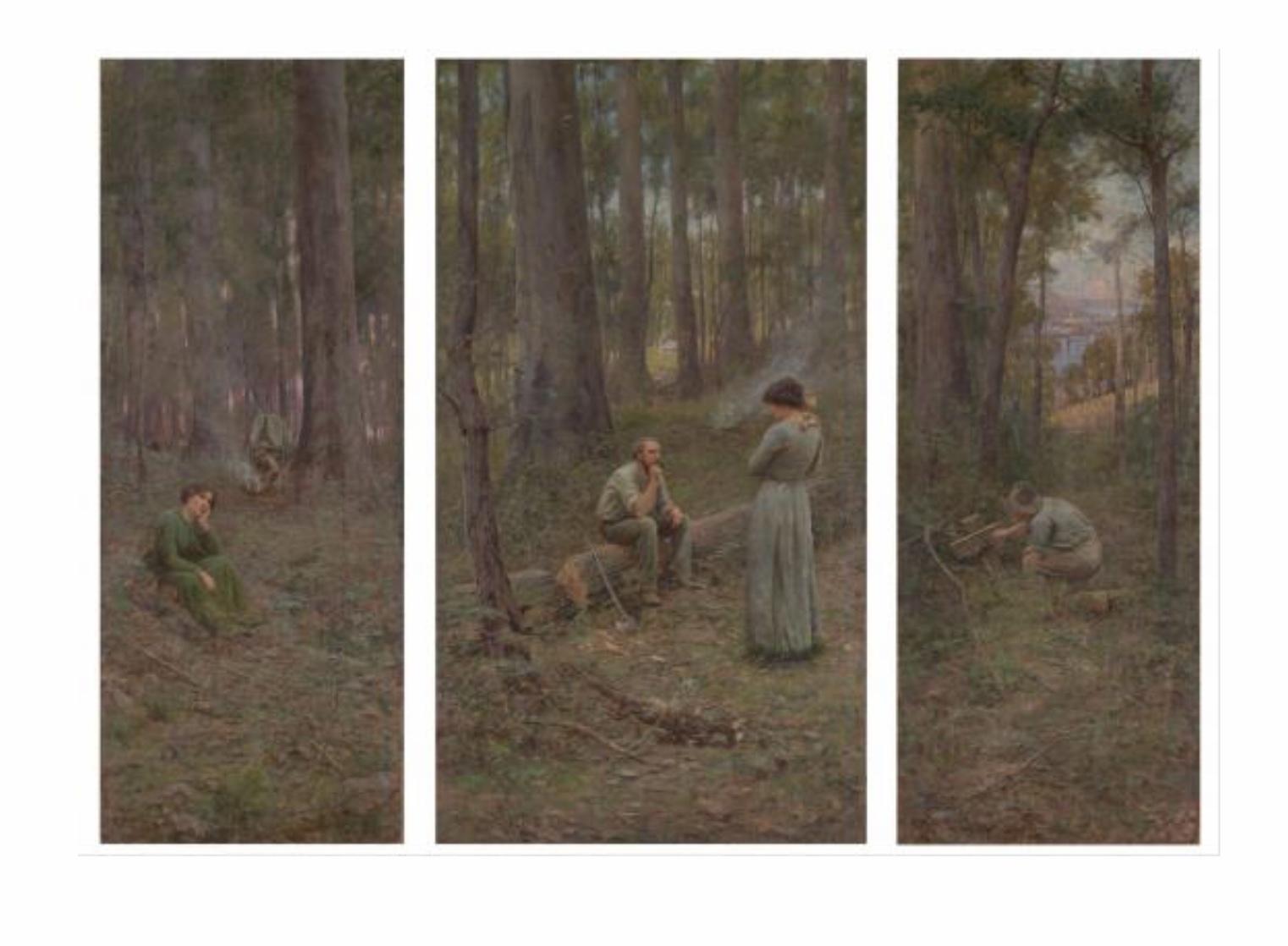Art
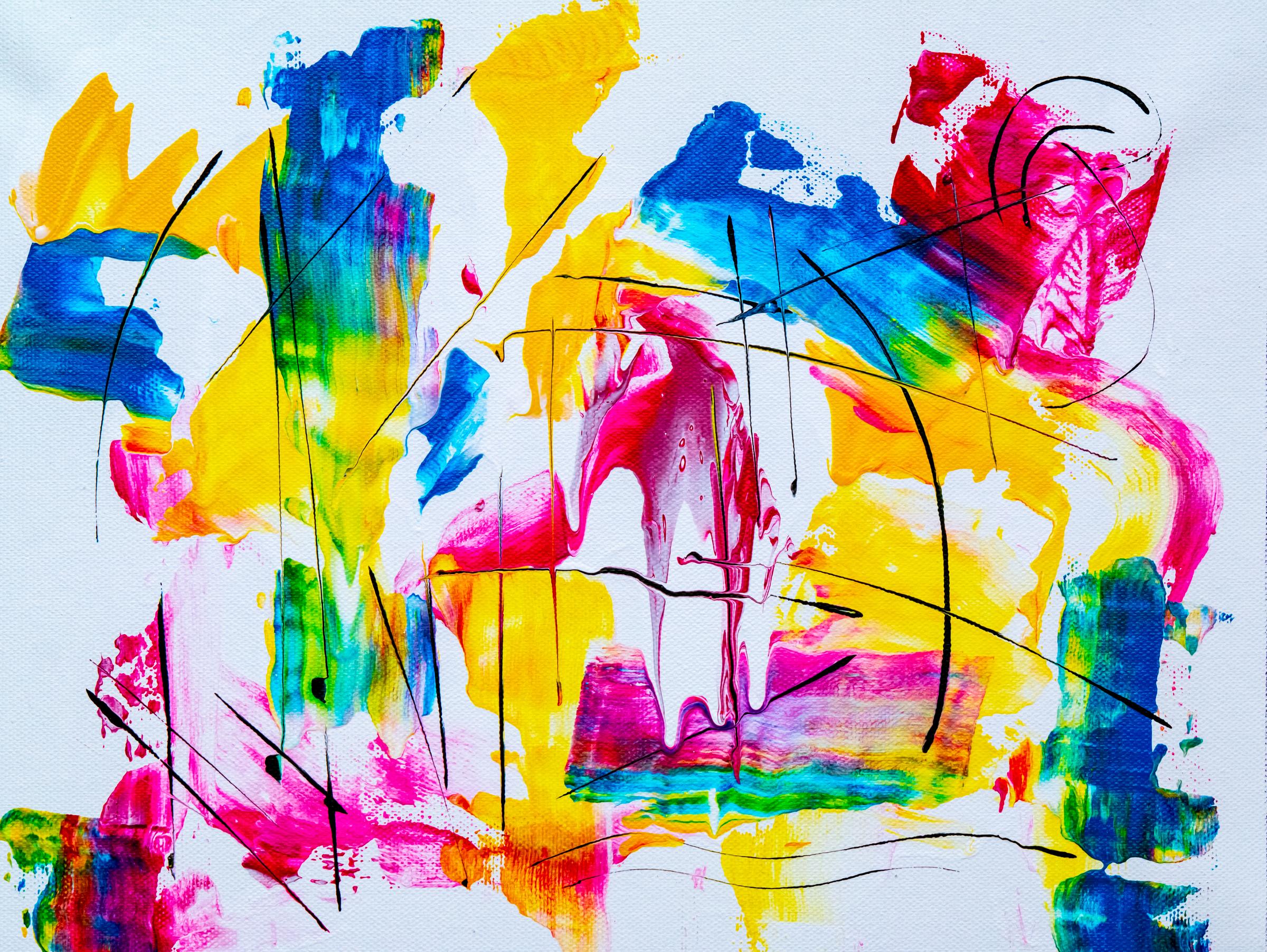
SMOCKS
A reminder that ALL children need individual named smocks for Art lessons.
As we are working with Acrylic paints, particularly in Grades 5 and 6, students will need smocks this term. Some paints do stain and smocks protect uniforms and expensive school jumpers and shirts. An old business shirt will do, though actual smocks are more waterproof and paint resistant. Most chain stores and art supplies have them at a reasonable cost. Individual named smocks will be stored in a class tub.
Portraits, Bird Paintings and Autumn Artworks from Foundation and Grade One students
What's on the NGV? (National Gallery of Victoria)
Currently showing at the NGV (Federation Square) is a really wonderful collection of Australian Impressionist Artwork.
MEET THE AUSTRALIAN IMPRESSIONISTS
Recently, the She-Oak and Sunlight: Australian Impressionism exhibition opened at The Ian Potter Centre: NGV Australia displaying the most iconic and important works from this historic movement. With more than 250 artworks drawn from collections around Australia, visitors will enjoy the rare sight of some of Australia's most loved and recognised artworks shown together. The relationships between the Australian Impressionist artists themselves is a focus of the exhibition, and this week I’d like to share stories of some of the artists and a few key works within the exhibition. Tom Roberts was born in 1856 in Dorchester, England, and emigrated to Australia with his mother and siblings in 1869. He went on to study at the National Gallery of Victoria Art School, before moving to Europe where he lived and worked for four years. In Europe, Roberts was influenced by the works of the European Impressionists and was introduced to the concept of painting en plein air. Roberts became a central figure within the Australian Impressionist movement. Pictured above is Roberts's large-scale work A break away!. The carefully observed painting showcases elements of naturalist technique and brings the viewer into the sweeping landscape. As the dust rises, sheep run and the rider controls his steed, a moment of movement is captured. Fascinatingly, this sense of movement is said to be in part inspired by the modern phenomenon of the moving image which was to venture to Australia five years later. The painting's rich palette of ochres and vibrant blue is typical of the time and present throughout the exhibition as each artist aimed to capture the colours of the Australian landscape. Arthur Streeton was born in Duneed, near Geelong, in 1867. From 1882, he attended the National Gallery of Victoria Art School, firstly in the school’s night classes under Oswald R. Campbell and Frederick McCubbin. During the summer of 1886–87, he met Tom Roberts who he would later join at the Box Hill artist’s camp alongside his former teacher, McCubbin. Streeton's glimmering painting, Golden summer, Eaglemont was painted during the great Victorian drought of 1888–89. The palette of gold and blue, and the depiction of a shepherd herding his flock at the end of the day, convey the intense heat and dryness of an Australian summer. English-born artist Charles Conder arrived in Australia in 1884 aged just sixteen. He only spent six years in Australia before moving back to Europe, however, he became a key figure in Australian Impressionism after befriending Roberts, and painting around Melbourne in the company of Streeton and McCubbin. Like Streeton, Conder's Hot wind was also painted during the period of extreme drought. While the colours evoke the intense light and searing heat of the summer, Conder's work reflects his awareness of contemporary Symbolist art in Europe. Drought is symbolised by the figure of the femme fatale, a widely represented archetype at the turn of the century, who is seen blowing smoke from a burning brazier across the parched desert towards a distant town. The theme of this golden Australian light appears again in the exhibition's namesake work, Roberts's She-oak and sunlight. This iconic Australian landscape sits among over fifty other works presented from the landmark 9 by 5 Impression Exhibition, which takes its title from the dimensions of the cigar box lids upon which many of the works were painted. Throughout this exhibition, visitors will see an important exploration of the work and perspectives of women artists from the movement. Clara Southern was born in Kyneton, Victoria in October 1860 and studied with Walter Withers and at the National Gallery School from 1883–87. Withers’s interest in the sombre tones of the bush had a lasting influence on Southern and can be seen in many of her works including An old bee farm. Southern and her husband moved to Bythe Bank in Warrandyte, where they built a cottage and an artist studio. She loved the area, frequently interpreting the bush in soft, tonal colours. In her pastoral landscapes, women go about their tasks, with the colours of their clothes often reflecting that of the sky and the land, merging into their environment. Southern helped to make the area popular, and an artist’s camp was soon established with contemporaries such as McCubbin, Jo Sweatman and Penleigh Boyd, coming to stay and paint. In contrast to the gentle tones of Southern, Ethel Carrick's work is often characterised by bright and bustling scenes. Born in Uxbridge, England in 1872, Carrick trained at the Slade School of Fine Art where she looked to Camille Pissarro and Claude Monet for inspiration. In 1908, together with her Australian husband and fellow artist E. Phillips Fox, Carrick moved to Paris, the hub of artistic and intellectual avant-garde life. From the outbreak of the Second World War, Carrick was based in Melbourne and embarked on many solo trips abroad, where she would continue to paint and travel. Flower market is a typically vibrant and luminous painting by Carrick who tended to depict outdoor scenes of fashionable leisure. As a young boy, Frederick McCubbin juggled his life between working for the family bakery and attending the Artisan’s School of Design in Carlton, before enrolling at the National Gallery of Victoria Art School. After Roberts returned from Europe, he and McCubbin began leading plein air painting expeditions in Box Hill, Mentone, and later in Eaglemont, Victoria. Among his colleagues, his nickname was ‘The proff’, for his tendency to philosophise and discuss heavy and important topics. McCubbin's The pioneer is a much-loved work within the NGV Collection. The historical narrative depicted in the painting was a common theme for McCubbin who often painted allegorical works, many of which touched upon the struggles of settler life in Australia. Painted in altarpiece format, The pioneer depicts the resourcefulness and tragedy of pioneer life, showing the prospering city in the background of the third panel. While Australian Impressionism is often described as the first school of Australian art, it is important to acknowledge Australia’s long history of art making, which predates the Impressionists by around 65,000 years. Hung in the same space as McCubbin's iconic The Pioneer and Roberts's Shearing the rams, are five works by Wurundjeri artist William Barak. These works, including Untitled (Ceremony), were painted around at the same time and around similar locations, helping us to interrogate the narrative which positions Impressionism as being synonymous with Australian national identity. Barak's art continues to communicate the significance of Wurundjeri society today. Although they did not practise as a unified movement, these artists were connected by a sense of creative innovation, the desire to record their environment in new ways and capture the fleeting moments of modern Australian life. I hope you have a chance to visit this exhibition over the coming season.
Tony Ellwood AM Director, National Gallery of Victoria
Please enjoy some images from this fabulous collection at the Exhibition. The Exhibition runs from April 2nd until August 22nd, 2021 At NGV Australia, Fed Square and is certainly well worth a visit. Best wishes, Mrs D - Art Teacher |

